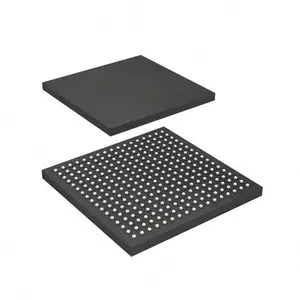Understanding ANSC IC Components
Integrated circuits (ICs) have revolutionized the electronics industry, and among the vast array of ICs available, ANSC ICs stand out for their versatility and wide range of applications. These components are integral to numerous electronic devices, serving as the building blocks for digital systems.
Types and Applications of ANSC ICs
The ANSC IC category encompasses a variety of chips, including microcontrollers, processors, and field-programmable gate arrays (FPGAs). Each type serves a specific function, from simple logic operations to complex computing tasks. These ICs are found in everything from consumer electronics to industrial automation systems, highlighting their importance in modern technology.
Features and Materials
ANSC ICs are known for their robust features, such as low power consumption, high-speed processing, and compact design. They are manufactured using silicon, gallium arsenide, or other semiconductor materials, which ensures efficient electrical performance. The miniaturization of these circuits allows for more compact and portable devices.
Advantages of Using ANSC ICs
The use of ANSC ICs in electronic design offers several advantages, including reduced size, lower cost, and improved reliability. Their ability to perform multiple tasks simultaneously makes them indispensable in complex circuit designs. Additionally, the integration of various functions into a single chip simplifies the overall design process.
Selection Criteria for ANSC ICs
When selecting ANSC ICs, it is crucial to consider factors such as operating temperature range, power requirements, and processing speed. The choice of IC will depend on the specific needs of the application, ensuring that the selected component meets the required performance standards.
Environmental and Industry Standards
ANSC ICs are subject to environmental and industry standards, which dictate their quality and durability. Compliance with these standards guarantees that the ICs can withstand the rigors of their intended applications, from high-temperature environments to exposure to electromagnetic interference.










































 浙公网安备 33010002000092号
浙公网安备 33010002000092号 浙B2-20120091-4
浙B2-20120091-4